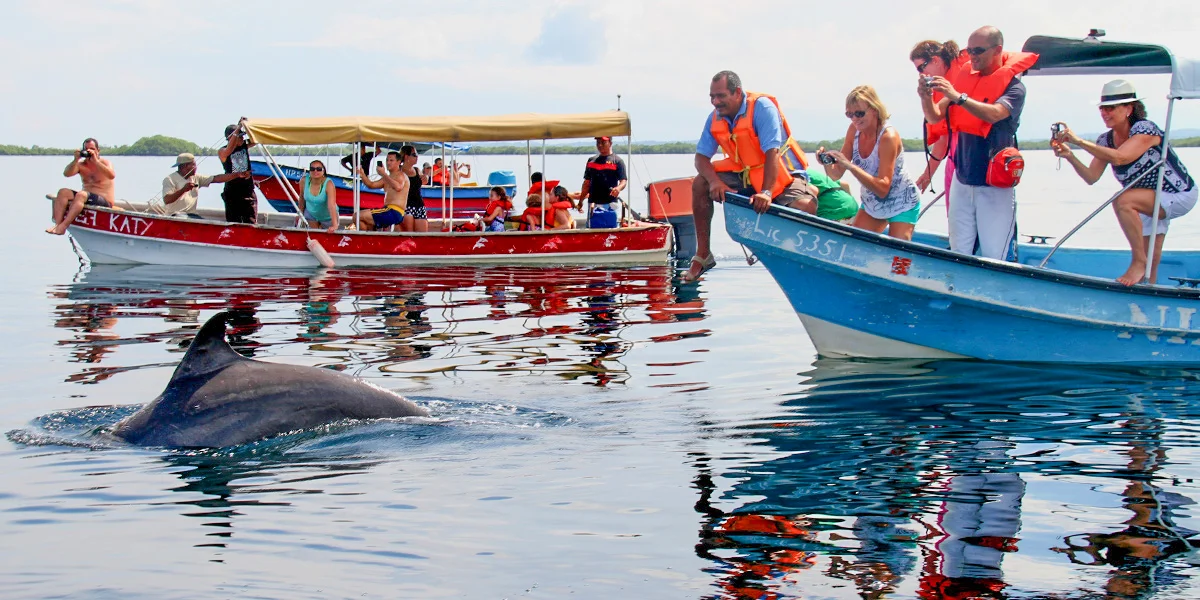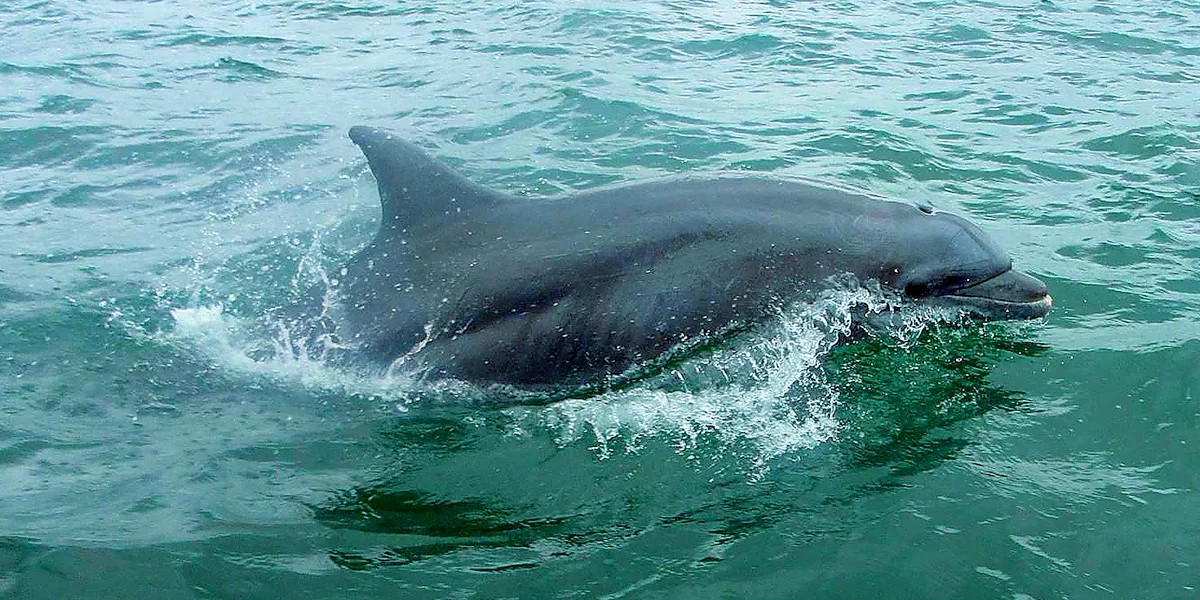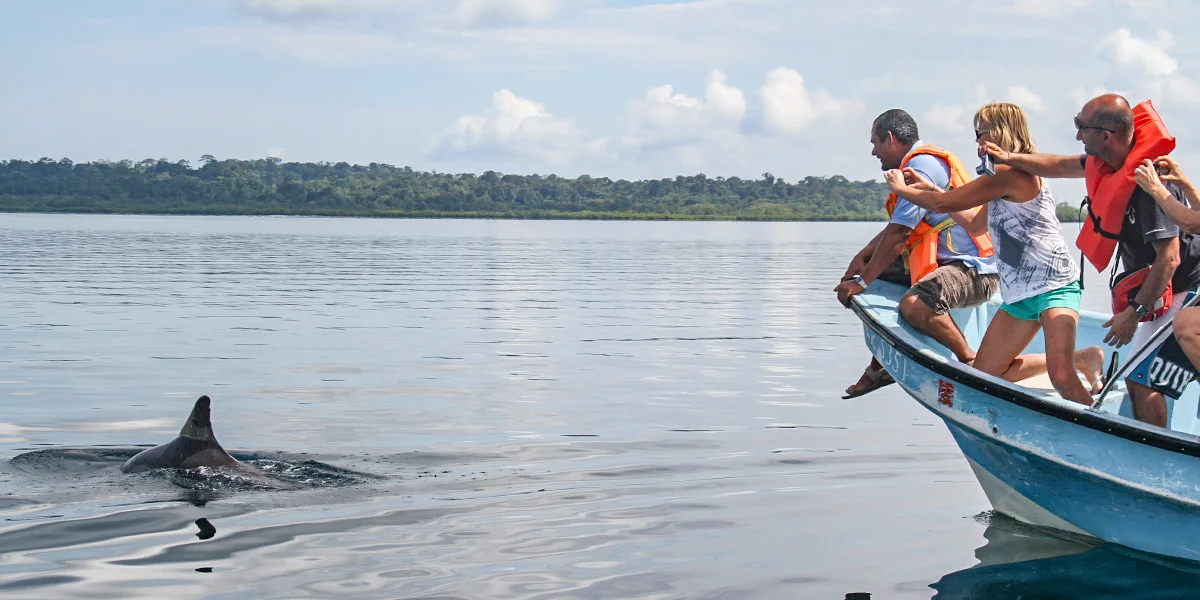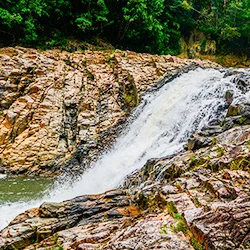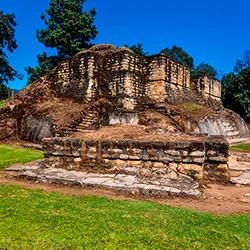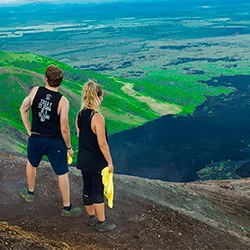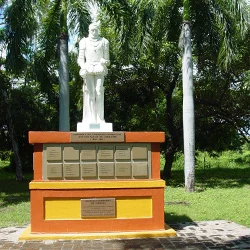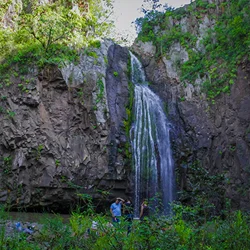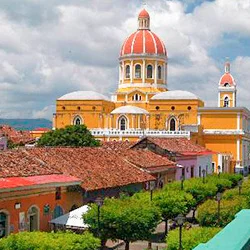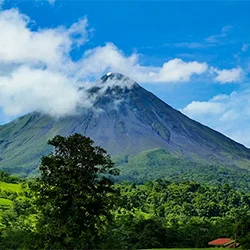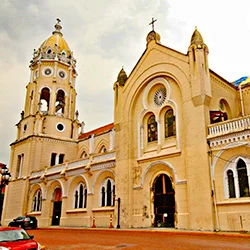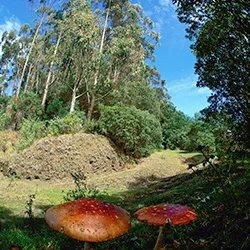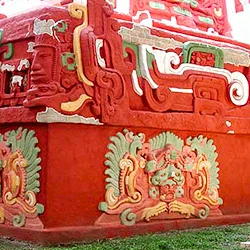Dolphin Bay
ENJOY THE SIGHT OF DOLPHINS
Dolphin Bay is a lagoon in Bocas del Toro that harbors bottlenose dolphins during most of the year. Boat tours of the islands often make a stop here.
Known locally as Laguna Bocatorito, the Dolphin Bay is located between the east side of the island of Cristobal, and a peninsula with an irregular shape on mainland. Approximately 10 kilometers (six miles) away from Isla Colon, it takes about 15-20 minutes to get there by boat. The bay measures six kilometers (four miles) at its widest point. The bay has calm waters, and is surrounded by mangroves, which attract a great abundance of small fish, and crustaceans to the water, and this makes it a perfect habitat for dolphins, especially mothers and young dolphins. The best time to see the dolphins is between June and July, when the raging sea makes the calm waters of the bay especially attractive. Dolphins are usually observed in pairs or in groups of five or six.
Most of Bocas del Toro boat tours will include a visit to the Dolphin Bay. There is a good chance of observing dolphins, but if it does not, the area is known for its panoramic views.
GEOPOSITION
Cerro Negro Volcano
León Viejo
Tisey – La Estanzuela Reserve
RECOMMENDED TOURS
Colonial cities, Tropical Forests, and Volcanoes
You will enjoy visiting colonial cities, volcanoes, Lake Xolotlán and the National Parks of Cerro Azul Meambar, and the Masaya Volcano.
Central America and the Dominican Republic Au Naturel
You will delight yourself with a mixture of nature and adventure with visits to volcanoes, colonial cities, craft markets, lakes, islets and much more.
Markets and Crafts
Enjoy Masaya, Granada, Lake Cocibolca, the Panama Canal, or La Flor Wildlife Refuge.
Nature in Costa Rica, and Colonial Cities in Nicaragua
Nature, culture, and history and mysticism are the keys of this tour through Costa Rica and Nicaragua. Will you join us?
Mesoamerican highlights
Discover the heritage of the colonial cities, the National Parks, and the pre-Columbian ruins of Copán in Nicaragua, Honduras, and Guatemala.
